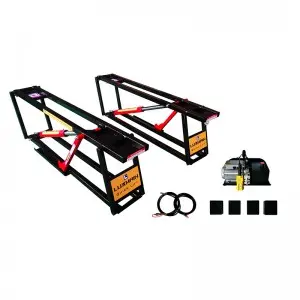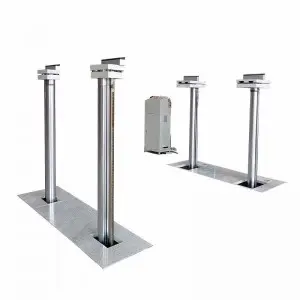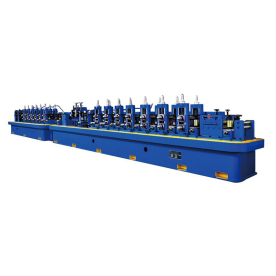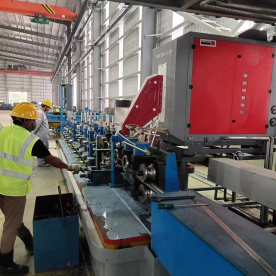When it comes to automotive maintenance and repairs, having the right tools can make all the difference. One essential tool that is often overlooked by DIY enthusiasts and professional mechanics alike is a reliable car lift. The QuickJack portable car lift is revolutionizing how we service vehicles, providing a blend of convenience, safety, and efficiency that traditional jacks and lifts struggle to match. In this article, we’ll explore the numerous benefits and features of the QuickJack, making a compelling case for why it should be a fundamental addition to any automotive toolkit.
A Perfect Combination of Portability and Power
One of the standout features of the QuickJack portable car lift is its remarkable portability. Unlike traditional car lifts that require a permanent setup, the QuickJack can be easily stored in your garage or even your trunk when not in use. Weighing in at a fraction of the load of conventional lifts, the QuickJack allows mechanics to bring their work with them, whether it’s in the driveway, at a friend’s house, or at the racetrack.
This portability does not come at the expense of power. The QuickJack has a lifting capacity that can handle most vehicles, from sedans to SUVs, with ease. Its lightweight aluminum construction adds to its portability while providing substantial strength, allowing users to lift vehicles with a weight capacity of up to 3,500 pounds safely.
User-Friendly Design for Effortless Operation
Gone are the days of wrestling with cumbersome hydraulic jacks that require significant physical effort to operate. The QuickJack offers an intuitive design that facilitates an easy lifting process, making it suitable for everyone—from seasoned mechanics to enthusiastic novices. The lift operates with hydraulic pressure and can be engaged with just the push of a button, providing a hassle-free experience.
The QuickJack also includes safety features that ensure the lifting process is safe and reliable. Each lift has built-in safety locks that keep the vehicle securely in place once elevated. This peace of mind allows users to focus on their work, knowing that their vehicle is stable and secure while they operate beneath it.

Discover the Benefits and Features of the QuickJack Portable Car Lift: A Game Changer for DIY Mechanics and Auto Enthusiasts
Versatile Applications for All Auto Enthusiasts
The versatility of the QuickJack makes it an attractive option for a wide array of automotive tasks. Whether you’re performing routine maintenance, tire changes, or more intensive work like oil changes or brake repairs, QuickJack meets all your needs. Its adjustable height and wide wheelbase make it suitable for a variety of vehicle types and sizes, enhancing its versatility.

Discover the Benefits and Features of the QuickJack Portable Car Lift: A Game Changer for DIY Mechanics and Auto Enthusiasts
Moreover, the QuickJack is not just limited to personal vehicles; it’s also perfect for servicing race cars or modified vehicles that require special attention. Auto enthusiasts who take their cars to the racetrack often find the QuickJack indispensable for quick checks and adjustments between races.
Space-Saving Solution for Tight Garages
For many automotive enthusiasts, space is at a premium. Traditional car lifts can take up significant room and require a setup that restricts movement within the garage. The QuickJack, being portable, solves this issue perfectly. When not in use, it can be easily stored away, freeing up valuable garage space for other tools and equipment.
Affordable Yet High-Quality Alternative
While professional-grade car lifts can come with a hefty price tag, the QuickJack offers an affordable alternative without sacrificing quality. Its reasonable cost combined with its robust features makes it an appealing option for those looking to invest in a reliable car lift without breaking the bank. Furthermore, with its durability and longevity, it often ends up being a worthwhile investment for any mechanic.

Discover the Benefits and Features of the QuickJack Portable Car Lift: A Game Changer for DIY Mechanics and Auto Enthusiasts
Conclusion
The QuickJack portable car lift stands out as an exceptional tool for both professionals and amateur mechanics. Its portability, ease of use, safety features, and versatility make it an essential addition to any auto maintenance arsenal. Whether you’re an avid DIYer, a car enthusiast, or a professional mechanic, the QuickJack allows for greater efficiency, safety, and convenience during automotive repairs. Don’t let limited space or traditional lifting methods hold you back; consider adding the QuickJack to your tool collection and experience the difference for yourself.Inground lift








